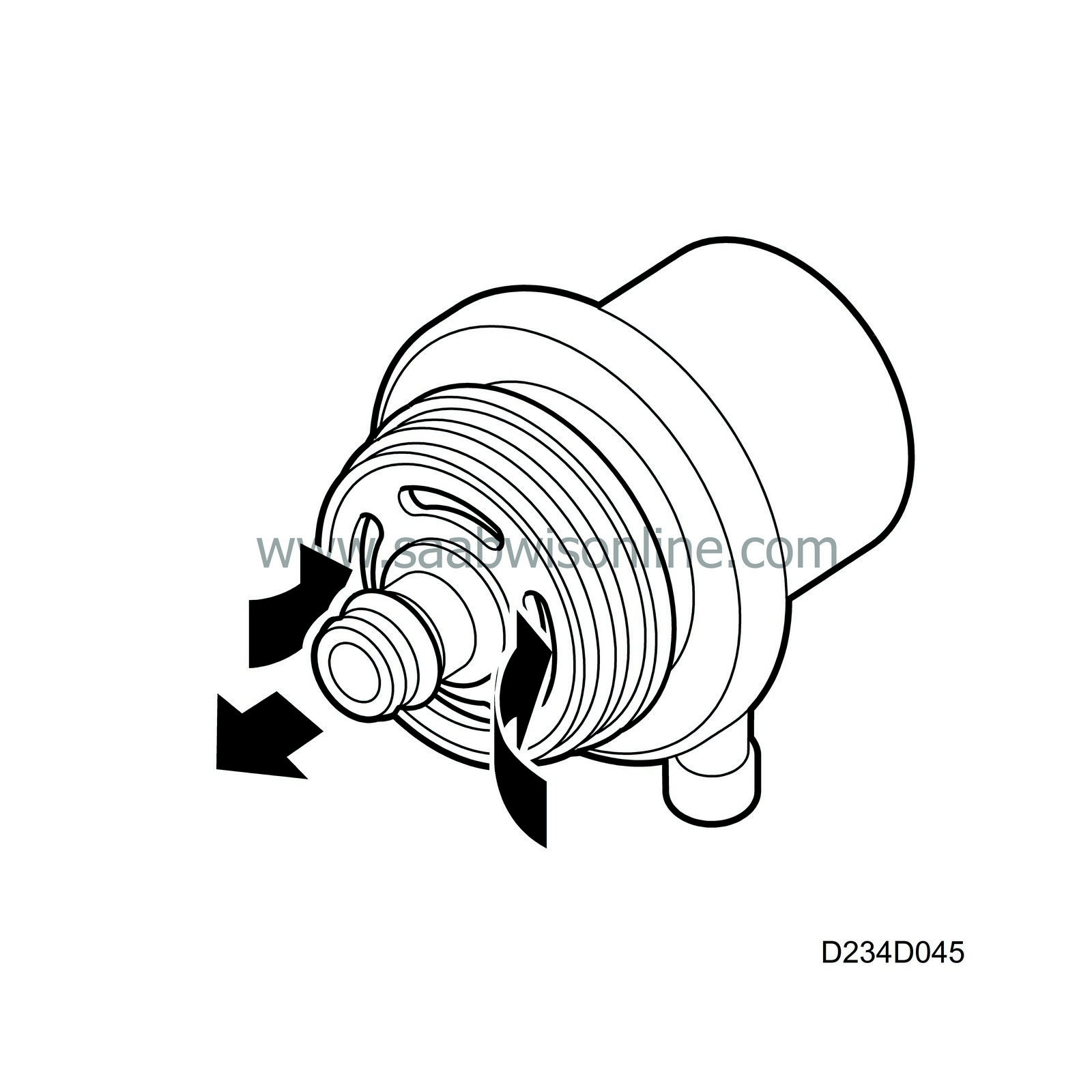Pressure regulator
| Pressure regulator |
Pressure regulator
The pressure regulator is fitted on the left-hand end of the fuel rail (in the direction of travel).
The regulator maintains a constant difference between the fuel pressure and the pressure in the intake manifold. In this way, the injected quantity of fuel is always determined by the length of time that the electromagnetic injector is open.
The pressure regulator is a diaphragm controlled overflow valve set at 3.0 bar. It consists of a metal housing divided into two chambers by a press-fitted diaphragm. There is a coil spring in one of the chambers that presses against the diaphragm and the fuel passes through the other.
If the preset pressure is exceeded, a valve, which is controlled by the diaphragm, exposes an opening to the return line through which excess fuel can flow back to the fuel tank.
The spring chamber in the pressure regulator is connected to the engine intake manifold by a hose after the throttle. This means that the pressure in the fuel system is affected by the absolute pressure in the intake manifold, which results in the pressure drop across the injectors remaining constant at any throttle position.
Refer to Pressure regulator, check values for the current pressure.



